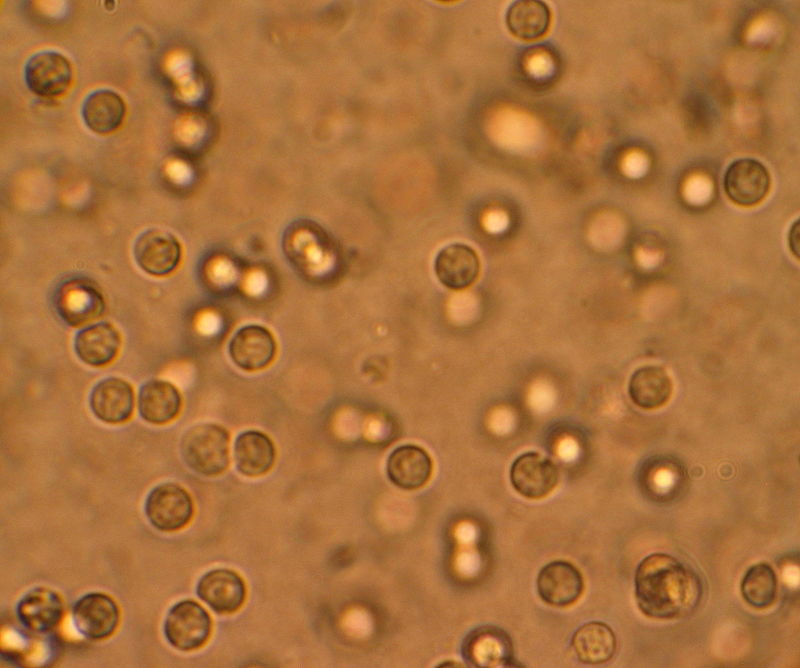Table of Contents
Your kidneys are bean-shaped organs responsible for many vital functions in your body including secreting urine. In total two, right and left, the kidneys are located in the posterior part of your abdominal cavity, below your rib cage. Each is equipped with an excretory canal called ureter, which descends vertically in the region retroperitoneal (anatomical space behind the abdominal cavity), then in the pelvis to go into the bladder. The roles of the kidneys are important in your body.
However, they may be affected by many disorders such as malformations (ectopic Kidney, congenital hydronephrosis, Horseshoe kidney, etc.) or infection.
What is Pyelonephritis?
Pyelonephritis, also called kidney infection, is a bacterial infection of the renal pelvis (canal into which urine is discharged before passing into the ureter) or the interstitial tissue of a kidney, or rarely both. This infection can be acute or chronic:
Acute Pyelonephritis – this medical condition is due to a bacterial infection causing sudden inflammation of the pelvis (pyelitis) and the functional tissue of the kidney (nephrons). Acute pyelonephritis is a type of urinary tract infection caused by bacteria originating from the bladder. Bacterial species most commonly responsible for this disorder are enterobacteria family: scherichia coli, proteus mirabilis, and klebsiella pneumonia.
Chronic Pyelonephritis – this is a serious form of urinary tract infection, which unlike acute pyelonephritis, can affect both kidneys, and lead to kidney failure. It is due to abnormalities or recurrent bacterial infection in the urinary tract. Sometimes, it can be the result of a Vesicoureteral reflux (VUR), abnormal flow of urine from the bladder back into the ureters.
Pyelonephritis Causes
Pyelonephritis is usually caused by overgrowth of bacteria (Escherichia coli for example) in the urinary tract. It can be due to complications of certain diseases, such as urolithiasis (presence of stones in the kidney, bladder, and/or urethra). Although rare, certain congenital malformations of the urinary tract can lead to Pyelonephritis. Congenital diseases known to be responsible for causing the infection are hydronephrosis (distention and dilation of the renal pelvis) or Vesicoureteral reflux (VUR). It is also suggested that chronic constipation can contribute in the development of Pyelonephritis.
There is a rare form of Pyelonephritis called idiopathic pyelonephritis. The causes of this condition are unknown to scientists.
Pyelonephritis Symptoms and Warning Signs
First, your may experience mictional disorders similar to those of cystitis:
- Urine retention (ischuria)
- Burning or Painful sensation during urination (dysuria)
- Frequent nighttime urination (nocturia)
- Frequent daytime urination (pollakiuria)
- Discoloration of urine with a strong odor (cloudy urine)
- Presence of pus or blood in your urine (hematuria)
Then the disease presents more serious signs:
- Confusion
- Shaking chills
- Exhaustion or general fatigue
- Nausea or vomiting
- Pain in the joints and muscles,
- Moderate fever of 39 to 40 ° C associated with night sweats
Infants may experience:
- Irritability
- Diarrhea
- Decreased or loss appetite
- Bed-wetting (enuresis)
How Pyelonephritis is diagnosed?
The diagnosis is based at first on a physical exam followed by clinical exams:
Physical examination – palpation can reveal sensitivity, which may indicate kidney inflammation.
Urine test – if the infection is caused by bacteria, a bacteriological examination of urine can be sufficient to detect and isolate the bacteria responsible for the infection.
Other exams – In cases where the infection is related to urolithiasis or anatomical abnormalities, ultrasonography, intravenous urography, and renal scan are done to confirm the diagnosis.
Pyelonephritis Treatment and Prevention
Acute Pyelonephritis can be managed by antibiotics taken orally for a few days. The treatment of chronic infection consists mainly of intravenous or intramuscularly antibiotherapy for 2 or 3 weeks. The duration of the treatment depends greatly on the severity of the symptoms and the type of bacteria causing the infection. If your infection is less severe, in two or three days, your body temperature should become normal, pain should disappear, and urine should regain its normal pale yellow color.
In case of anatomical defect of the urinary tract, surgical treatment may be necessary to correct the anomaly. In addition, if the ureter is blocked by stones, surgery may be necessary to relieve the obstruction.
How can you prevent Pyelonephritis?
The recurrences are common. The prevention is based on the treatment of lower urinary tract infections (cystitis) and all preventive measures:
- Drink plenty of fluids to help your body get rid of the bacteria
- Drink lot of cranberry juice
- If possible, urinate immediately after sexual intercourse
- Avoid holding back when you feel the need to urinate
- Taking a shower instead of tub bath
- After bowel movement or urinating, wiping from front to back (women)
- Practice a good vaginal hygiene
- Avoid using feminine products in your genital area.



